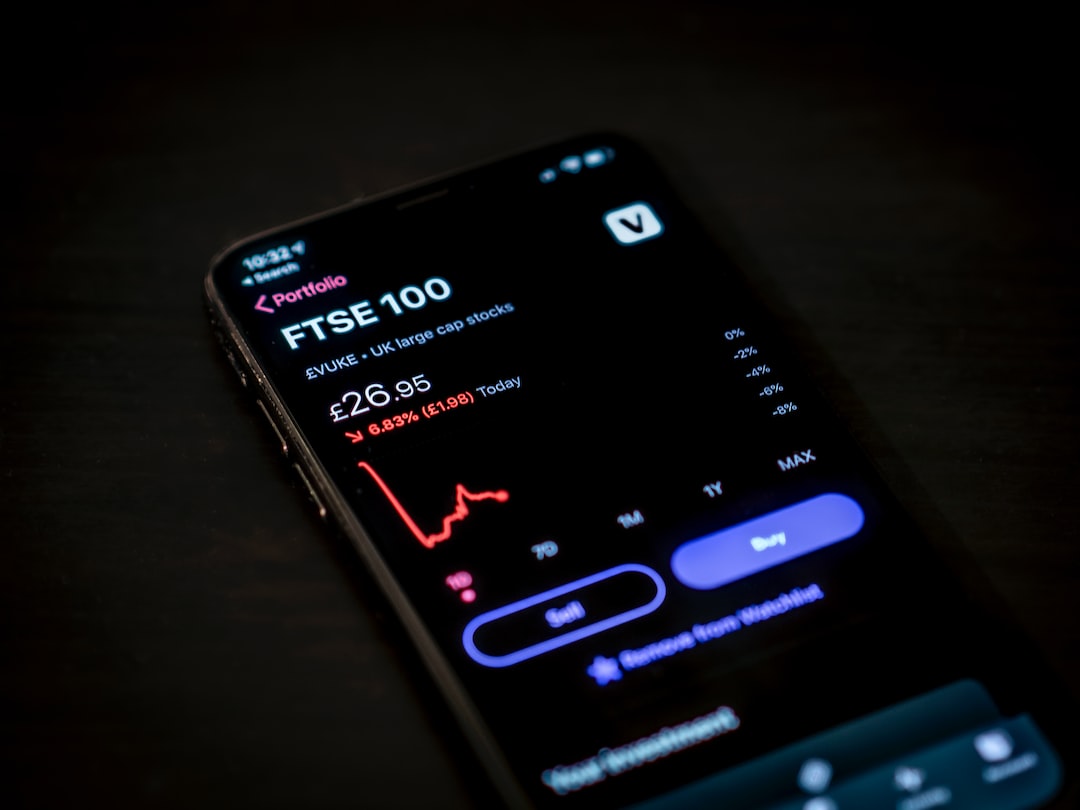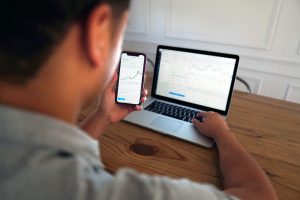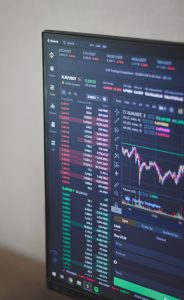Margin is a term used widely in the forex market, and it refers to the amount of money that traders must deposit in their trading accounts to open and maintain a position. Margin is a crucial aspect of forex trading because it determines how much leverage a trader can use. It is also a critical factor in determining the potential risk and reward of a trade.
Margin in forex is calculated based on several factors, including the size of the position, the leverage used, and the currency pair being traded. In this article, we will provide an in-depth explanation of how margin is calculated in forex.
What is Margin in Forex Trading?
Margin is the amount of money required to open and maintain a position in the forex market. It is essentially a deposit that a trader must put up to cover any potential losses that may occur. Margin is calculated as a percentage of the total value of the position being traded.
For example, if a trader wants to open a position worth $100,000 and the margin requirement is 1%, the trader would need to deposit $1,000 in their trading account. This $1,000 acts as collateral for the trade and protects the broker against any losses that may occur.
Leverage and Margin in Forex Trading
Leverage is another crucial aspect of forex trading. It allows traders to control larger positions with a smaller amount of capital. Leverage is expressed as a ratio, such as 50:1 or 100:1, and it determines how much buying power a trader has.
For example, if a trader has a leverage ratio of 100:1, they can control a position worth $100,000 with just $1,000 in their trading account. This means that for every $1 of capital, the trader can control $100 worth of currency.
The amount of leverage a trader can use depends on the broker they are trading with and the country they are in. In the United States, the maximum leverage allowed for retail traders is 50:1. In other countries, such as Australia and the United Kingdom, traders can use leverage of up to 500:1.
How is Margin Calculated in Forex Trading?
Margin in forex trading is calculated using the following formula:
Margin = (Lot Size x Contract Size x Opening Price) / Leverage
Lot Size: The lot size is the number of units of the base currency being traded. For example, a standard lot is 100,000 units of the base currency, a mini lot is 10,000 units, and a micro lot is 1,000 units.
Contract Size: The contract size is the value of one pip in the currency pair being traded. It varies depending on the currency pair and the broker being used.
Opening Price: The opening price is the price at which the position is opened.
Leverage: The leverage is the ratio of the amount of capital a trader has in their account to the amount of currency they can control.
Let’s take an example to understand how margin is calculated in forex trading. Suppose a trader wants to buy one standard lot of EUR/USD at an opening price of 1.2000, and the leverage is 100:1. The contract size for EUR/USD is $10 per pip.
Margin = (1 x 100,000 x 1.2000) / 100
Margin = $1,200
In this example, the trader would need to deposit $1,200 in their trading account to open this position. The margin requirement is 1%, which means the trader needs to have 1% of the total value of the position in their account.
If the trade goes against the trader and the price of EUR/USD falls to 1.1900, the trader would lose $1,000 ($10 per pip x 100 pips). The $1,200 in the trader’s account acts as collateral and covers this loss.
Conclusion
Margin is a critical aspect of forex trading, and it determines how much leverage a trader can use. It is calculated based on several factors, including the size of the position, the leverage used, and the currency pair being traded. Understanding how margin is calculated in forex trading is essential for managing risk and ensuring profitable trades. Traders should always make sure they have enough margin in their trading account to cover potential losses and avoid margin calls.





